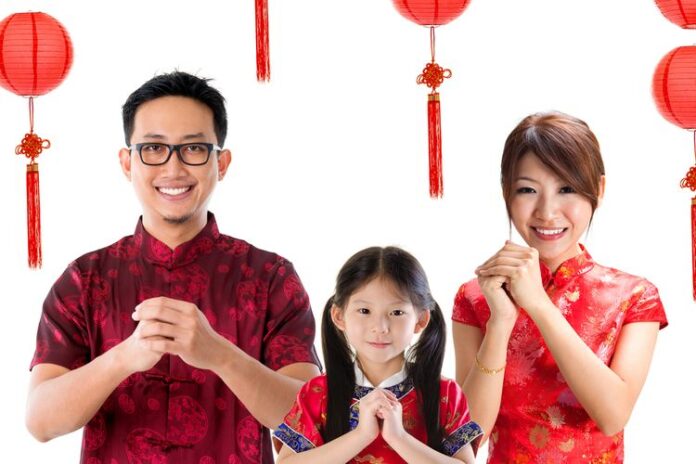In the rich tapestry of Chinese language and culture, greetings are not just simple hellos; they are a blend of well-wishes, respect, and tradition. “你好” (nɐ hɎo), which roughly translates to “you good” in English, is one particular greeting that exemplifies this. This greeting is a fundamental aspect of Chinese greeting traditions, reflecting the cultural norms of politeness and goodwill. Let’s dive into the nuances of this common yet significant salutation and other related expressions.
The Essence of “你好” (Nǐ Hǎo)
“你好” (nǐ hǎo) is the Mandarin Chinese equivalent of “hello” and is used across various contexts, from formal to casual. Its literal meaning, “you good,” is indicative of the inherent courtesy in Chinese culture, where wishing someone well is woven into the very fabric of social interaction. This greeting is universally understood and widely used among Chinese speakers, making it an essential phrase for anyone looking to connect with Chinese communities.
When to Use “好”
“你好” is suitable for practically any circumstance where you would say hello to someone. It’s a safe and polite way to say hello to anyone, regardless of their age or status. However, in more formal settings or when addressing someone with higher status, you might opt for “您好” (nín hǎo), which is the formal “you” in Chinese, adding a layer of respect to the greeting.
Other Greetings Rooted in Well-Wishing
Chinese greetings often go beyond just saying hello. They can convey a range of well-wishes and are tailored to different situations.
Health and Prosperity Greetings
During the Chinese New Year and other festive occasions, greetings like “身体健康” (shēn tǐ jiàn kāng) wishing good health, and “恭喜发财” (gōng xǐ fā cái) hoping for prosperity, are commonly exchanged. The significance of wealth and health in Chinese cultural values is reflected in these expressions.
Inquiry-Based Greetings
It’s also customary in Chinese culture to greet someone by inquiring about their well-being or activities. “Have you eaten?” is an example of a phrase like “你吃了吗?” (nĐ chī le ma? ), which is not a query asking for a thorough response but rather a different method to express care and concern.
Cultural Norms and Modern Adaptations
While traditional greetings remain a cornerstone of Chinese interaction, modern adaptations and slang have also found their way into everyday language, especially among the younger generation. Phrases like “嘿” (hēi), similar to “hey,” or “啥事?” (shá shì?), which means “What’s up?” demonstrate the ways in which global trends impact language and make it dynamic.
Conclusion
Understanding and using the correct greetings in Chinese is about more than just language proficiency—it’s about showing respect and participating in cultural practices. “你好” (nǐ hǎo) is more than just a greeting; it is a cultural emblem that means “you good,” representing the communal spirit of goodwill that is central to Chinese etiquette.
Whether you’re traveling to China, connecting with Chinese-speaking friends, or simply interested in cultural norms, mastering this simple yet profound greeting can open doors to meaningful interactions. So next time you meet someone from a Chinese-speaking background, remember that “你好” is more than a word—it’s a bridge between cultures.
Read also:
